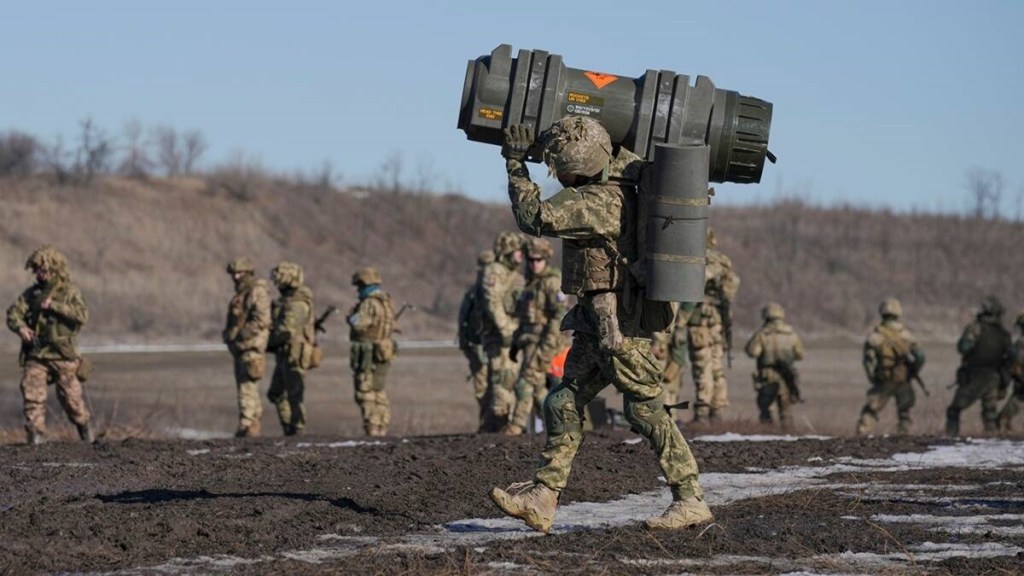Six months into the Russian invasion of Ukraine, the biggest uncertainty is that there is no end in sight when the conflict will end and how long India and the world will have to deal with the “alarming, cascading effects” (to quote a UN body). In fact, the stance taken by both countries have hardened of late. A prominent Russian ultra-nationalist and a close counsel of Russian president Vladimir Putin said that his daughter’s death — she was killed in an assassination attempt on her father—was a sacrifice for the cause of Russian victory, signalling Russia is willing to foot greater costs to stay on course with its invasion. On the other side, Ukrainian president Volodymyr Zelenskyy, on the eve of his country’s Independence Day, reiterated that there will be “no concession or compromise” to end the war.
India will thus have to brace for continued economic pain on several fronts, more so with the outlook on the global economy remaining gloomy. On the crude oil front, prices have softened since the start of the war, but they continue to remain high. This means there will be no reprieve for India’s oil import bill in this fiscal year, given that the country imports 85% of its crude requirement. To be sure, India has been able to increase its share of Russian crude at cheaper prices for spot purchases, thanks to its consistent reticence on chastising the country in global fora and the West deciding to cut Russian hydrocarbon imports. This will also help India’s negotiations with other crude oil exporters, especially West Asian nations—government-owned petro-refiners in India get close to 60% of their requirement through term deals. With Gulf nations, these are annual purchase agreements. Nevertheless, with Brent crude futures back again at $100/barrel levels and threatening to rise, there could be a lot of pain ahead. Prolonged war will also hurt India when it comes to edible oil imports. The country imports more than half of its edible oil requirement, and 15% of these imports comes from Ukraine and Russia. While the government announced a slew of measures, including sharp duty cuts, earlier this year to stabilise imports, supply disruptions from the warring nations will likely reflect in domestic prices, while upending fiscal calculations. Crude sunflower oil imports from Russia and Ukraine were down by nearly a quarter of the year-ago volume between February -end and June-end. Substitution will mean exporters of palm-, soy-oil, etc, will have the upper hand.
Also read: Real estate insolvency’s tricky terrain
Apart from the implications for inflation, there will be the twin deficits to consider—fiscal and current account. While the government remains committed to the 6.4% fiscal deficit target for FY23, banking on the current strength of the economy’s fundamentals, the deficit stood at 21% in the first quarter of FY23, against 18% in the corresponding period of the previous fiscal. Subsidy expenditure on cooking gas and fertilisers would likely increase as the war drags on. On the current account deficit (CAD) front, with rising oil prices and commodity prices not softening meaningfully—accompanied by pressures on the rupee—the FY23 CAD is expected to more than double from 1.2% last year, to 3%. The economic impact aside, India will come under increasing pressure to align with the West, especially given the bonhomie between China and Russia. The costs of the war not ending soon will undoubtedly be heavy for India.

